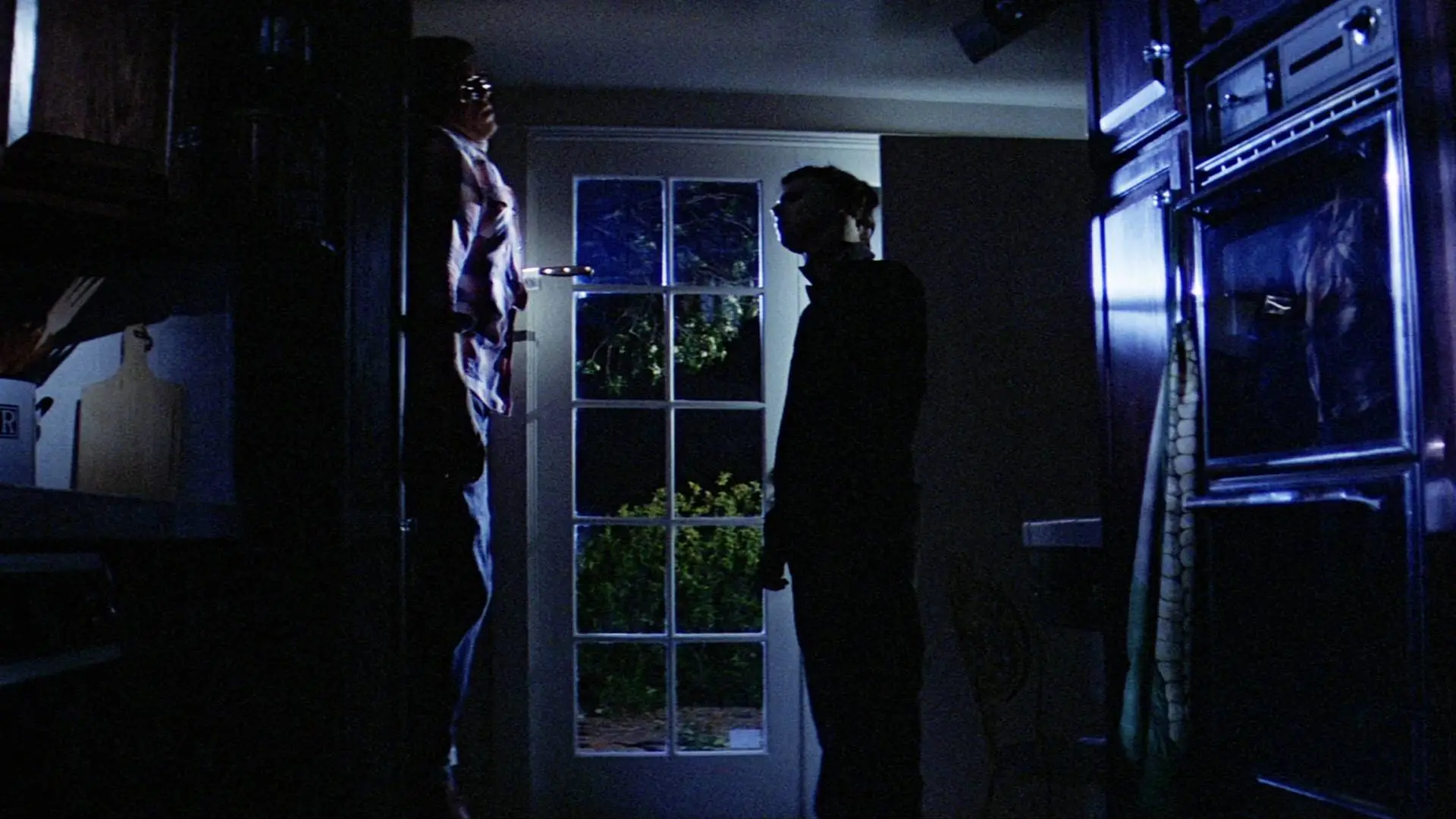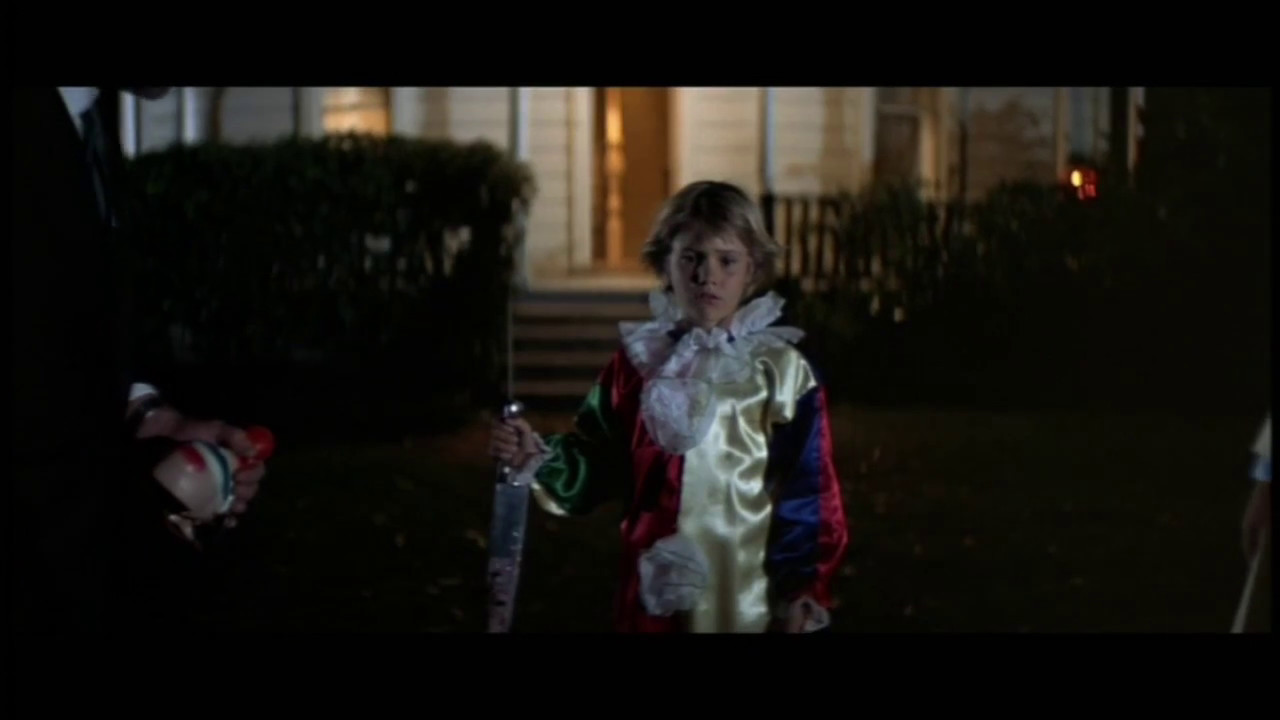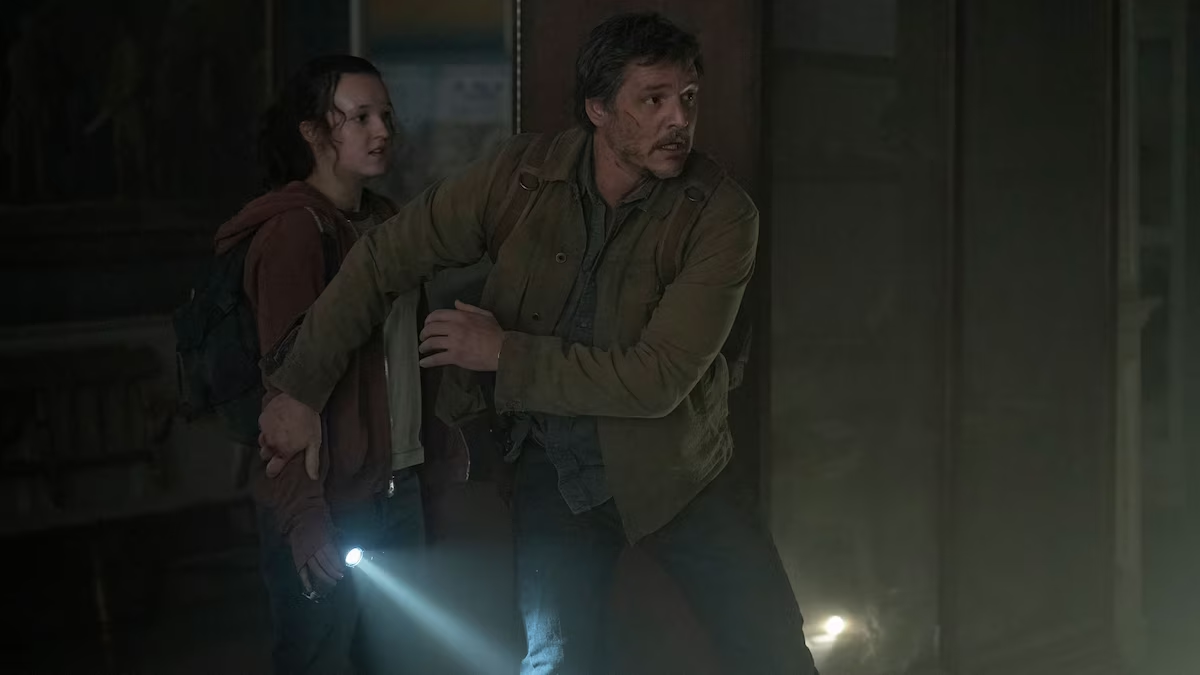🎬 Halloween (1978)

🎬 Halloween (1978)
John Carpenter’s Halloween (1978) is one of the most iconic and influential films in the horror genre. Widely regarded as the movie that defined the slasher film and forever changed the landscape of horror, Halloween is a chilling, minimalist exploration of terror that has continued to resonate with audiences for decades. Carpenter, who wrote and directed the film, crafted a masterful blend of suspense, atmosphere, and dread, with a character who would go on to become one of horror’s most enduring figures—Michael Myers. Halloween’s legacy is undeniable, having not only launched a franchise but also reshaped the genre, influencing countless filmmakers and spawning a number of imitators. But what truly makes the film so effective, even after all these years, is its simplicity and restraint.
Set on Halloween night, the film opens with a shocking prologue in which a young Michael Myers murders his sister. After spending 15 years in a mental institution, Michael escapes and returns to his hometown of Haddonfield, Illinois, where he begins a killing spree. The film’s main protagonist, Laurie Strode (Jamie Lee Curtis in her breakout role), is a teenager who unwittingly becomes Michael’s next target. As the night unfolds, Laurie, along with her friends, finds herself stalked by the silent, masked killer as he methodically hunts her down. The film’s slow-burn pacing, combined with Carpenter’s iconic use of suspenseful music and lighting, creates a palpable tension that lingers throughout.
The key to Halloween’s success lies in its simplicity. Carpenter doesn’t rely on gore or excessive violence, which would later become hallmarks of the slasher genre, but instead uses atmosphere, sound, and psychology to create tension and fear. The film’s horror stems from the mystery surrounding Michael Myers—his motivations, his background, and, perhaps most unsettlingly, his emotionless, masked face. Michael is the embodiment of pure evil, a figure that is both human and otherworldly, making him all the more terrifying. Carpenter carefully constructs the film to keep the audience in a state of unease, allowing the terror to creep up gradually, rather than overwhelming viewers with shock value or jump scares.
One of the most striking elements of Halloween is its use of space and camera work. Carpenter, who also composed the film’s iconic score, uses the camera to create a sense of surveillance, positioning it in ways that suggest Michael is always watching his victims. The film’s visual style is stark and minimalistic—shots of empty streets, dark houses, and quiet suburban neighborhoods amplify the sense of isolation. These familiar settings, juxtaposed with the lurking terror of Michael, create an unsettling atmosphere that heightens the fear. The use of shadows, the chilling music, and the stillness of the world around the characters all contribute to the feeling that something is very wrong, even though, on the surface, the world appears normal.
The character of Michael Myers is central to the film’s success, and much of the terror derives from the unknown. We don’t know why Michael is killing, what drives him, or what he truly is—his motivations are unclear, making him an almost supernatural figure. Carpenter makes deliberate choices to keep Michael an enigma, never delving deeply into his past or giving him a clear backstory. This lack of explanation makes Michael Myers more terrifying because the audience is left to fill in the gaps, allowing their imagination to conjure up the worst possibilities. The film’s minimalistic approach to Michael’s characterization stands in stark contrast to many of the slasher villains that followed, who often had extensive backstories and psychological motivations.
At the heart of Halloween is Laurie Strode, who is perhaps one of the most relatable final girls in horror history. Laurie is smart, resourceful, and, most importantly, she is not defined by typical horror movie tropes. Unlike many of the other characters in the film, Laurie is not overly sexualized, which makes her survival feel more earned and her character more grounded. Jamie Lee Curtis’s performance as Laurie Strode is iconic, bringing a level of authenticity and vulnerability to the character that made her a standout in the genre. As Laurie becomes increasingly aware of the danger lurking around her, Curtis conveys her terror, confusion, and determination in a way that makes her both sympathetic and strong. Laurie’s fight for survival against an unstoppable force is a central emotional thread of the film, and it is Laurie’s courage and resourcefulness that turn her into a character viewers can root for and connect with.
In contrast to Laurie’s relatability, Michael Myers is portrayed as an almost indestructible, faceless killer. His masked face, which hides any trace of humanity, is both unsettling and iconic, adding a chilling anonymity to his character. The mask itself—an old William Shatner mask that was altered for the film—has become one of the most recognizable symbols of horror. The way Carpenter frames Michael’s movements, his slow, deliberate stalking of his victims, adds to his aura of unrelenting menace. Michael’s lack of motivation makes him a terrifying figure because it implies that his killings are random, senseless, and unavoidable, much like the unpredictability of death itself.
The film’s score, composed by John Carpenter, is one of the most memorable and effective elements of Halloween. The eerie, minimalist piano melody is instantly recognizable, and its simple yet haunting repetition amplifies the film’s tension. The score’s use is sparse but incredibly effective, with the music often rising in intensity to match the suspense of the scene. The haunting score serves as an omnipresent reminder that danger is always lurking nearby, heightening the tension in every moment. Carpenter’s music is as much a character in the film as Laurie and Michael, and it contributes heavily to the atmosphere and mood of the film.
Halloween also benefits from its perfect balance of suspense and horror. Carpenter wisely keeps the action to a minimum, instead focusing on building an atmosphere of dread and anticipation. The film’s pacing is deliberate, and it allows the tension to mount steadily. By not showing too much too soon, Carpenter ensures that the moments of horror feel earned, with each kill and confrontation having a greater emotional impact. The lack of excessive gore in Halloween further strengthens this approach, as the film allows the audience to focus on the psychological terror and the fear of the unknown rather than relying on shock value.
In conclusion, Halloween (1978) is a seminal film that not only defined the slasher genre but also set a new standard for horror films. Its ability to generate fear without relying on excessive gore or shock tactics, its masterful use of suspense and atmosphere, and its memorable characters make it a timeless classic. John Carpenter’s direction, coupled with Jamie Lee Curtis’s standout performance and the hauntingly effective score, creates a film that continues to resonate with audiences over 40 years later. Halloween is not just a horror film; it is a cultural touchstone that changed the genre forever, laying the groundwork for the countless horror films that would follow in its wake. Its legacy endures because it taps into universal fears, delivering a chilling experience that is as effective today as it was when it was first released.











